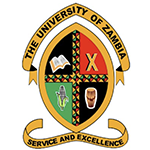Detailed introduction of the University of Zambia:
Basic Overview
Establishment: Officially established in 1965, the first batch of students was welcomed on March 17, 1966.
Institutional Nature: A public comprehensive university in Zambia, it is also the country's largest learning institution and the oldest public university.
Geographical Location: Located in Lusaka, the capital of Zambia, there are two campuses. The main campus, the Great East Road Campus, is 6 kilometers from the city center, and the Ridgeway Campus is located on John Mbita Road, 4 kilometers southeast of Lusaka.
Language of Instruction: English.
Historical Evolution: In the early 1950s, the establishment of a university college in Lusaka was considered, but it was abandoned due to the establishment of the Federation of Rhodesia and Nyasaland and the decision to establish a university college in Salisbury. After the new government came to power in 1962, a committee chaired by Sir John Lockwood was established in 1963, which recommended the establishment of a university in Lusaka. In 1964, the government accepted the proposal and established a temporary university committee to be responsible for the construction of the university. In 1965, Dr. D.G.Anglin was appointed as vice president, and the Oppenheimer School of Social Service was incorporated into the university. In October of the same year, the President of the Republic of Zambia approved Decree No. 66, and the University of Zambia was officially established.
School Strength
Faculty: There are nearly 3,000 faculty and staff, including more than 450 teaching staff, and nearly 200 foreign teachers of various types are employed, with a teacher-student ratio of about 1:10.
Hardware facilities: The main campus can accommodate 3,294 students, and the Ridgeway campus can accommodate 442 students. Students live in a study room shared by two people. The school also allocates private apartments for international students participating in short-term exchange programs.
Research platform: The Research, Science, Technology, Innovation and Development (PReSTID) platform is multidisciplinary in nature and aims to promote and support research, science, technology, innovation and development initiatives of the University of Zambia and the country of Zambia.
Educational philosophy: Committed to cultivating high-quality talents, focusing on cultivating students' innovative ability and critical thinking, encouraging students to continue to explore and move forward on the academic path, its motto "Service and Excellence" has always guided the development of the university.
Key laboratories and disciplines
Key disciplines: Ranked 301st in the world in the fields of epidemiology, public health and preventive medicine, and 630th in the world in clinical medicine. In addition, related majors such as engineering, agriculture, and mining are also well-known in Africa.
Key laboratories: There is no special introduction to key laboratories, but the school's research platforms and facilities in the fields of medicine, agriculture, engineering and other disciplines provide support for the development and research of related disciplines.
Faculties and majors: There are 9 colleges, namely the College of Agriculture, the College of Education, the College of Engineering, the College of Humanities and Social Sciences, the College of Law, the College of Medicine, the College of Mines, the College of Natural Sciences and the College of Veterinary Medicine. In addition, there are research institutions such as the Institute of Continuing Education, the Institute of Literature, the Institute of Education, the Institute of Agricultural Development, the Institute of African Studies, the Institute of Human Relations and the Kafue Basin Research Project, with a total of 50 professional departments, with a schooling period ranging from 4 to 7 years.
Ranking: Ranked 1164th in the US NEWS World University Rankings and 1201st in the TIMES World University Rankings.
Cost: There is no detailed tuition and living expenses information for the school, but as a public university, the tuition may be relatively low compared to private universities. For international students, there may be certain scholarships or grants available for application.
Campus environment: The campus covers an area of 290 hectares, with a large lake, green grass on the lakeside, unique African trees, beautiful greenery in front and behind the teaching buildings and dormitories, and charming scenery.
-
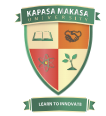
Kapasa Makasa University
-
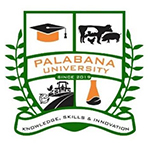
Palabana University
-
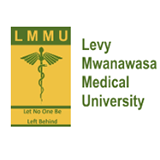
Levy Mwanawasa Medical University
-
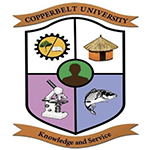
The Copperbelt University
-

Mulungushi University
-
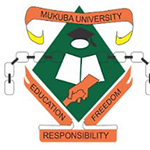
Mukuba University
-
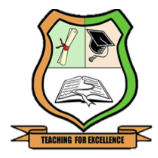
Kwame Nkrumah University
-
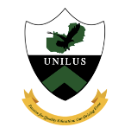
University of Lusaka
-
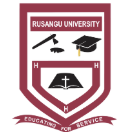
Rusangu University
-
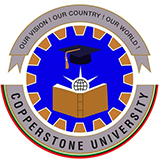
Copperstone University
-

Mesoamerican University
-

Istmo University
-

Mariano Galvez University of Guatemala
-

Regional University of Guatemala
-

Galileo University
-

Francisco Marroquín University
-

Rafael Landívar University
-

University of the Valley of Guatemala
-

University of San Carlos of Guatemala
-

Technological Institute of Tlaxcala Plateau
-

Golfo University
-

Technological University of South Sonora
-

Technological University of Huejotzingo
-

Tizimín Institute of Technology
-

Chilpancingo Institute of Technology

